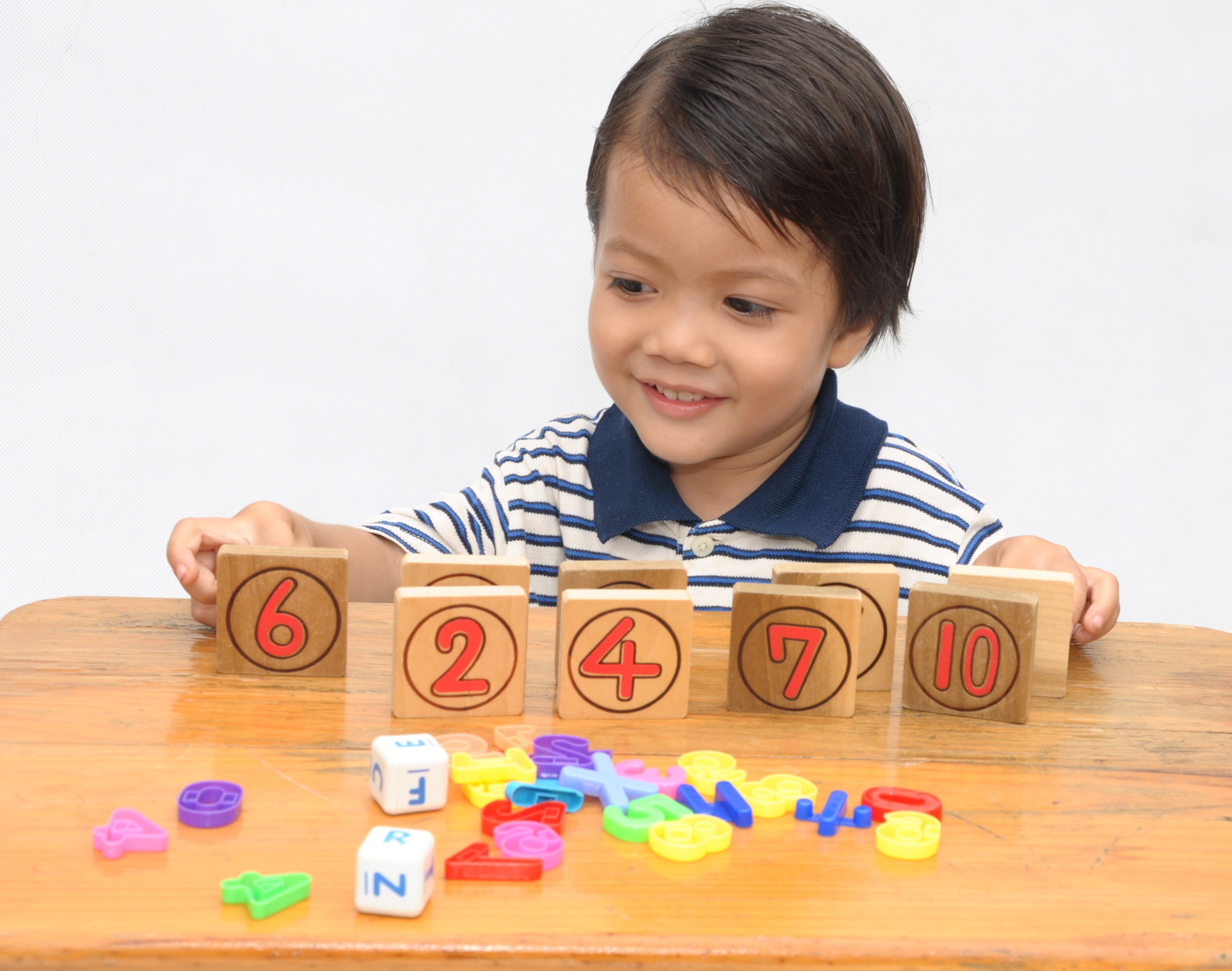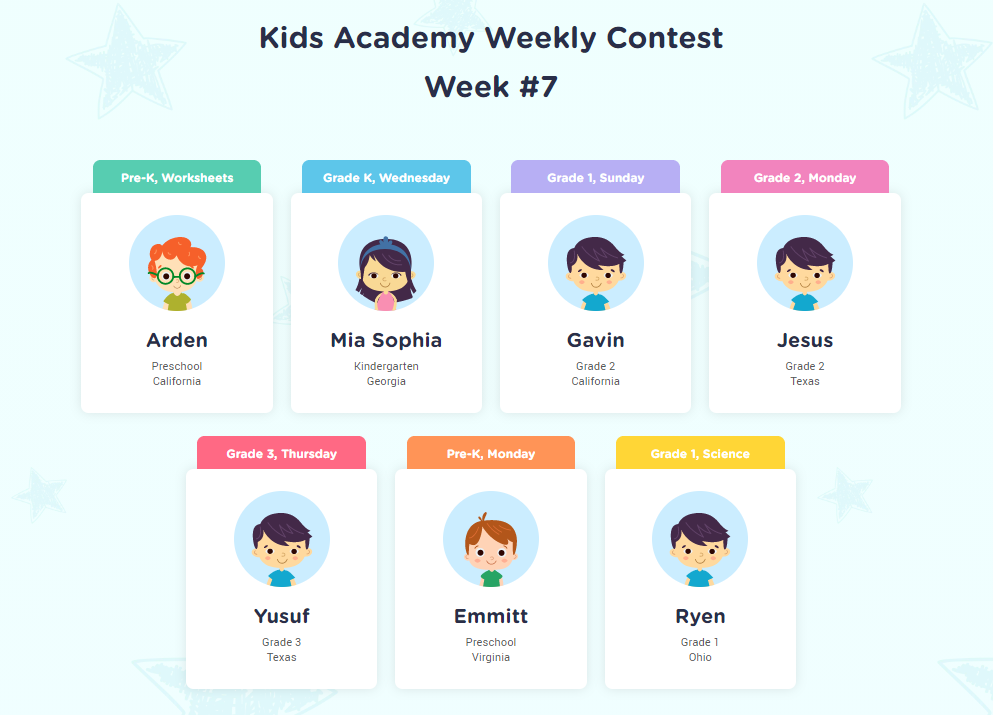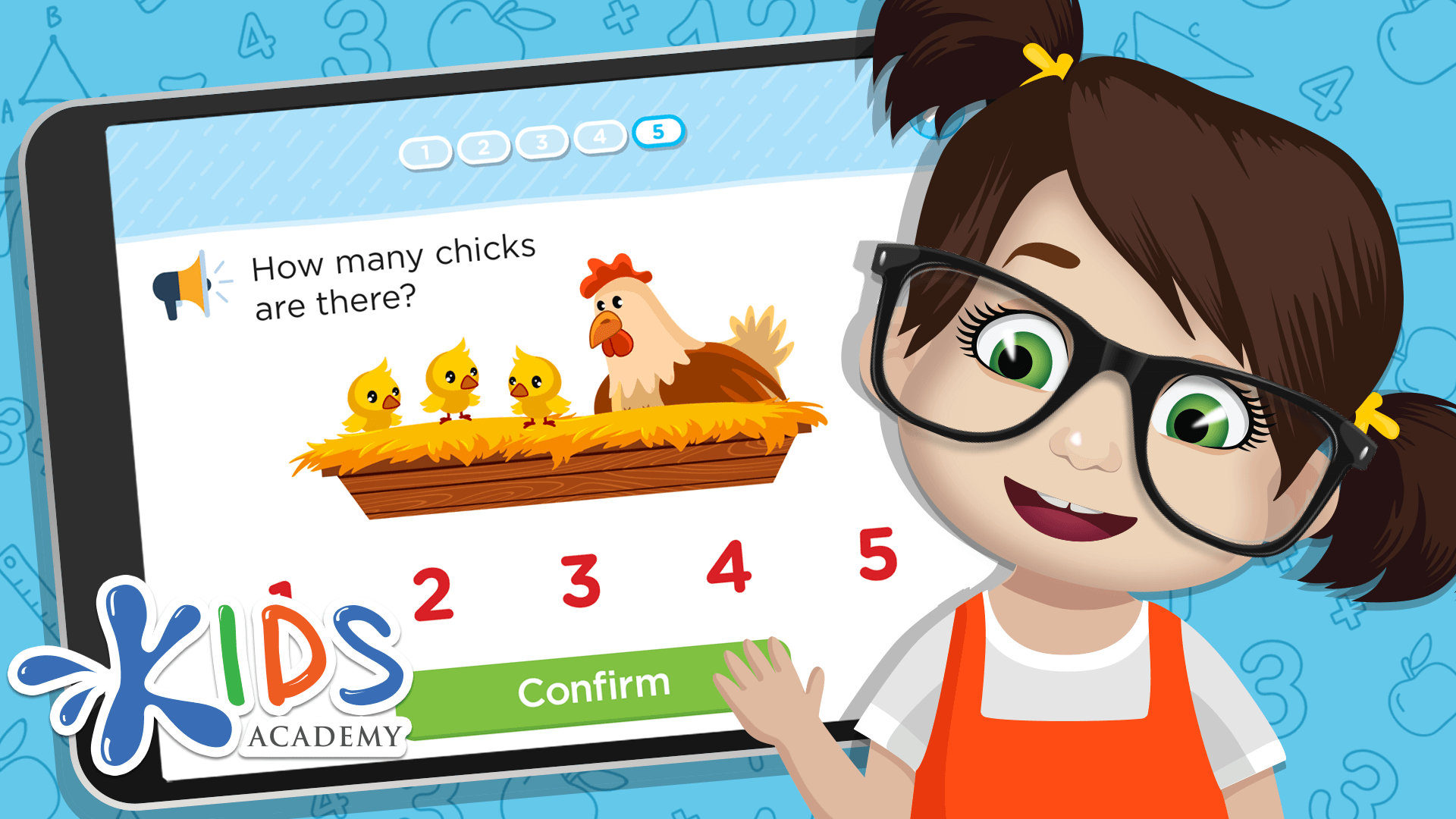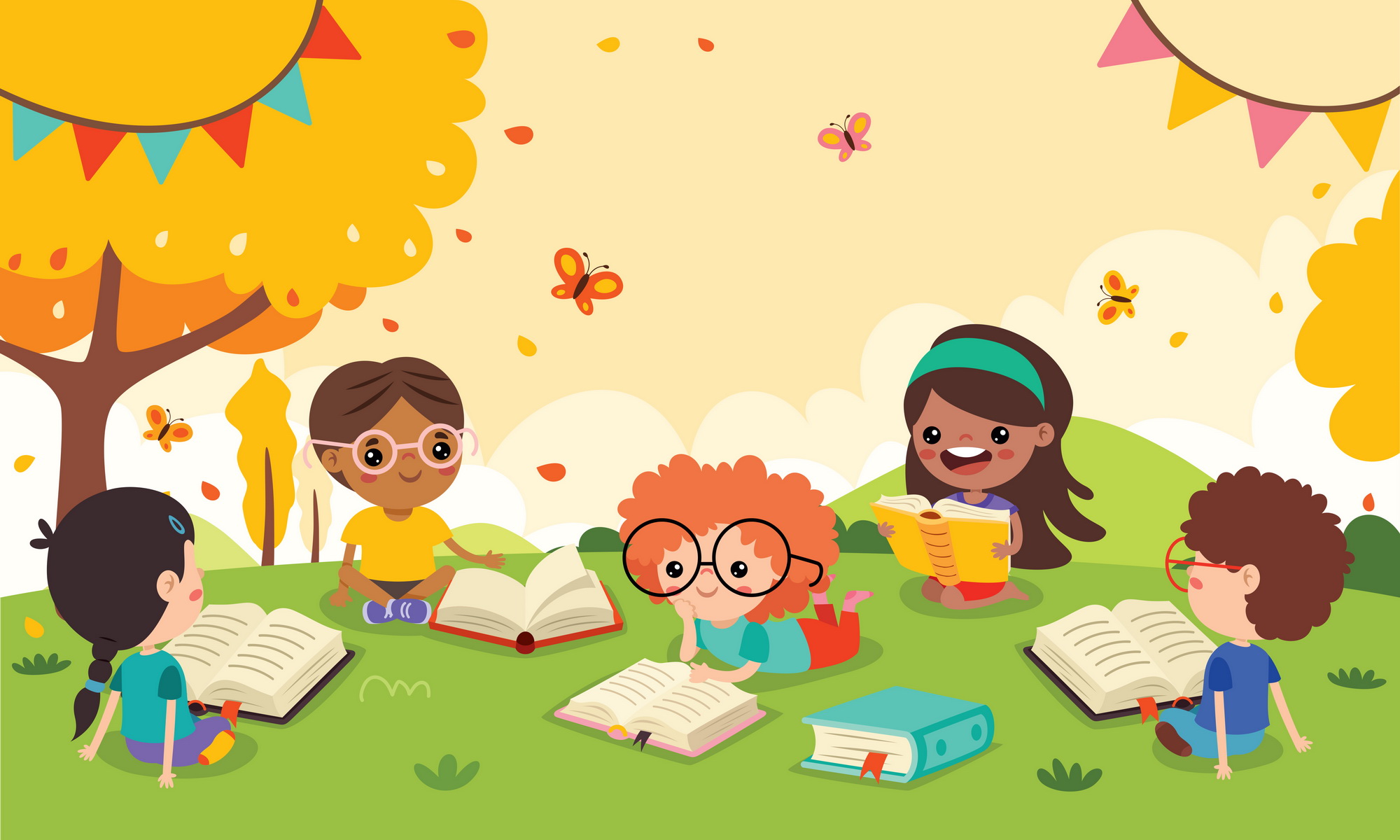The Importance of Sensory Play
Aug. 8, 2016
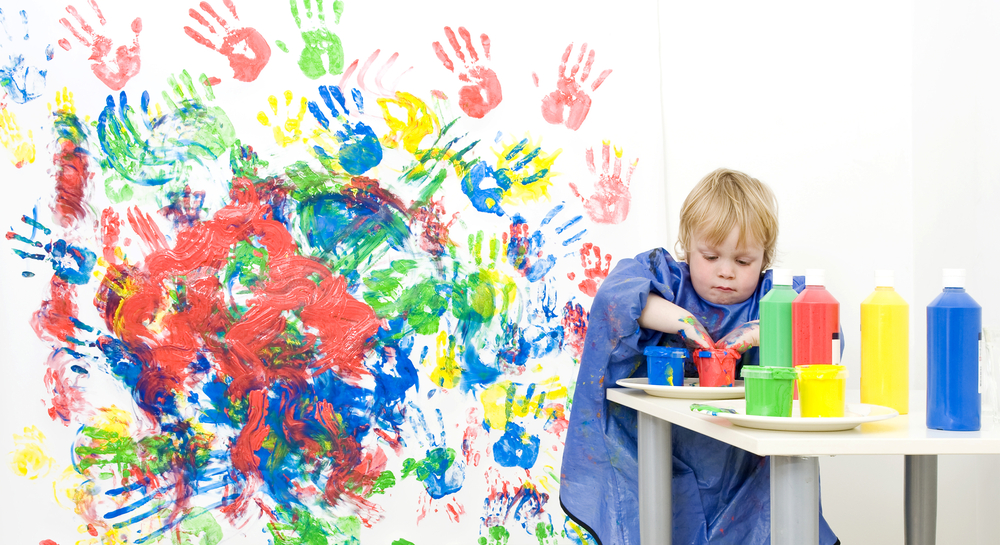
Kids today are at such an advantage over previous generations. Educational research has come a long way in recent years, and we now have a much better idea on how to better support young learners even before they get to school. One important way to help stimulate the mind of toddlers and preschoolers alike is to incorporate sensory learning into their play.
Learn through Experiences
Look, feel, listen, touch, taste… If you think about some of your most memorable experiences as a child, you might realize that those memories involve something that you did that jogged one or more of your five senses. Chances are, you might remember fondly just how delicious Grandma’s cooking tasted, or how wonderful it felt to jump in the pool on a hot summer’s day. Thus, kids learn through experiences.
Sensory learning is exactly like it sounds; children learn indirect lessons about life and how things work though exploring something that engages one or more of the five senses. Sensory learning can be messy, but allowing kids to play, experiment, and explore different materials and textures help to build meaningful learning experiences. Building in opportunities for little learners to participate in sensory stimulation activities can help toddlers and preschoolers with problem solving skills, motor skills, language skills, and creativity.
Toddler Sensory Activities
Sensory learning opportunities should be offered early in your child’s life. Even a one-year-old can benefit from toddler sensory activities, but do make sure that materials used for young toddlers are not choking hazards. You can always purchase a commercial “sensory table”, but try the following to give toddlers authentic sensory experiences:
- Sensory Bin, Box, or Bag. Grab a container and something to go in them! For instance, take a brown paper bag and put something like crumped up tissue paper in it and give it to your toddler. You will be surprised at how delighted your child will be with something as simple as tissue paper! Other ideas to put into a bin or box for a child to explore would be different types of fabric, large ice cubes, measuring cups and spoons, newspaper, large cotton balls, or anything that is large and safe enough for kids to handle without fear of your child putting it in their mouths.
- DIY Sensory Table. Instead of buying an expensive sensory table, make your own! At the hardware store, purchase a piece of wood no larger than a desktop. Also purchase different types of knobs, door handles, latches and locks to attach to the board. Secure the items to the board with screws and after only a little bit of time and some elbow grease, your child will have a wonderful sensory board to explore.
Sensory Activities for Preschoolers
This is the age when sensory learning truly gets fun! Because choking is no longer a worry for most preschoolers, you are free to bring in all sorts of different items, ranging from goopy and slimy to prickly or sandy. Think about updating a preschooler’s sensory bin, box, bag, or even a bucket, with the following:
- Dried pasta
- Cooked, colored spaghetti
- Colored rice
- Dried corn kernels
- Bottle tops
- Bubbles
It should be clear that sensory play helps young children use their imagination and creativity to explore. Your kids will have no idea that they’re working on their problem solving skills, or motor skills, but you can be rest assured that your children are actively learning and honing their skills as they have a ton of fun with new objects and textures. Incorporate the above tips, and think of new ways to stimulate your child’s five senses to keep kids learning about the world around them.


